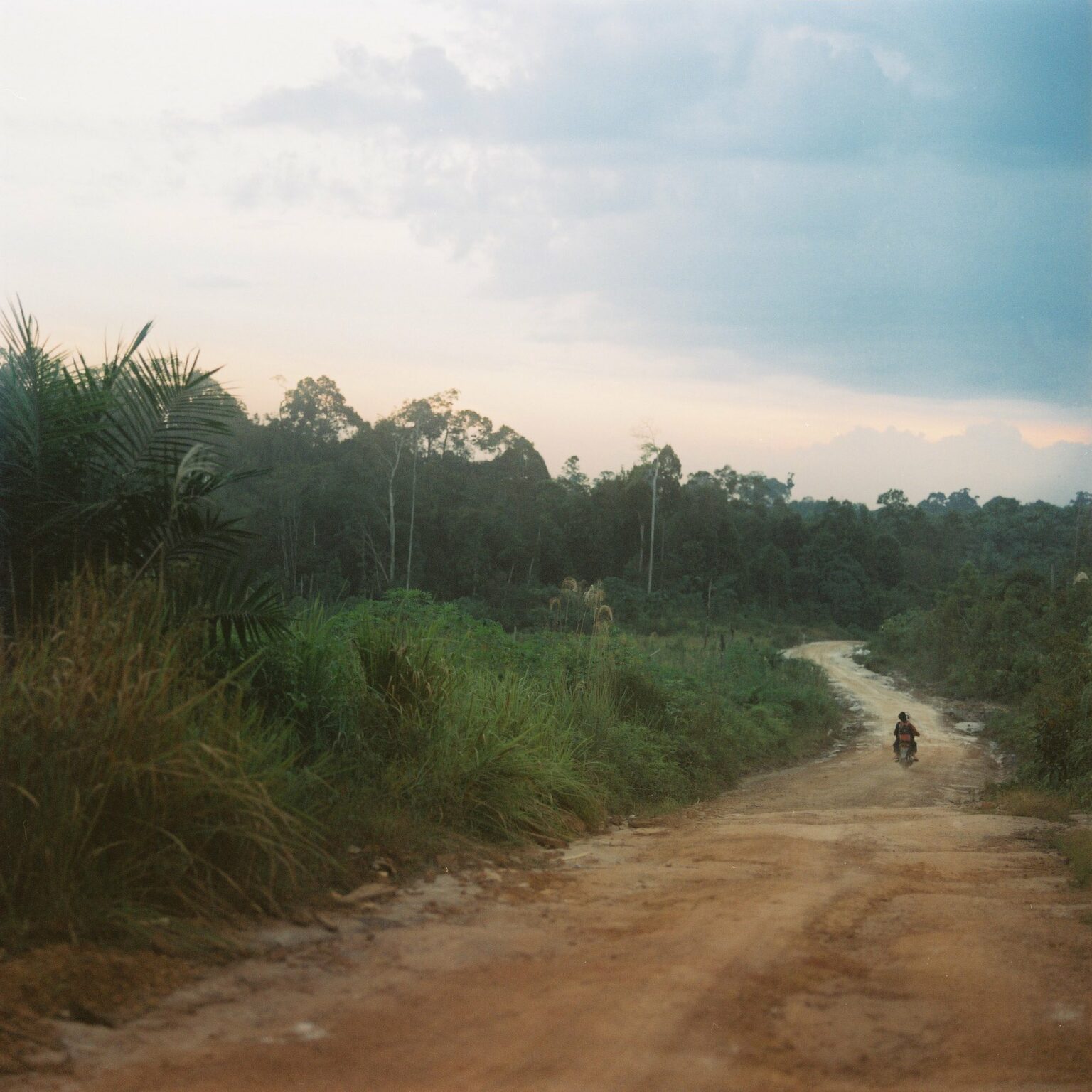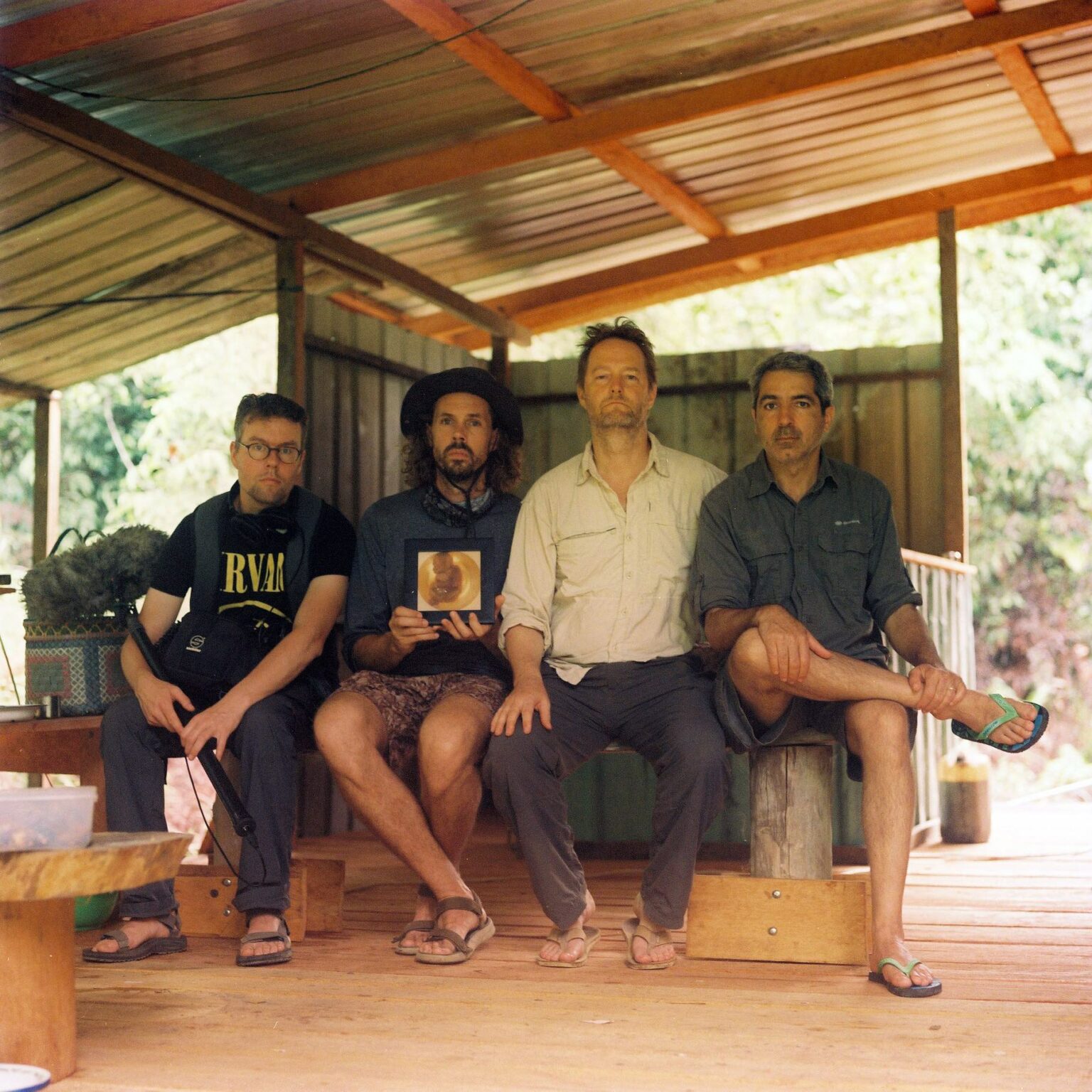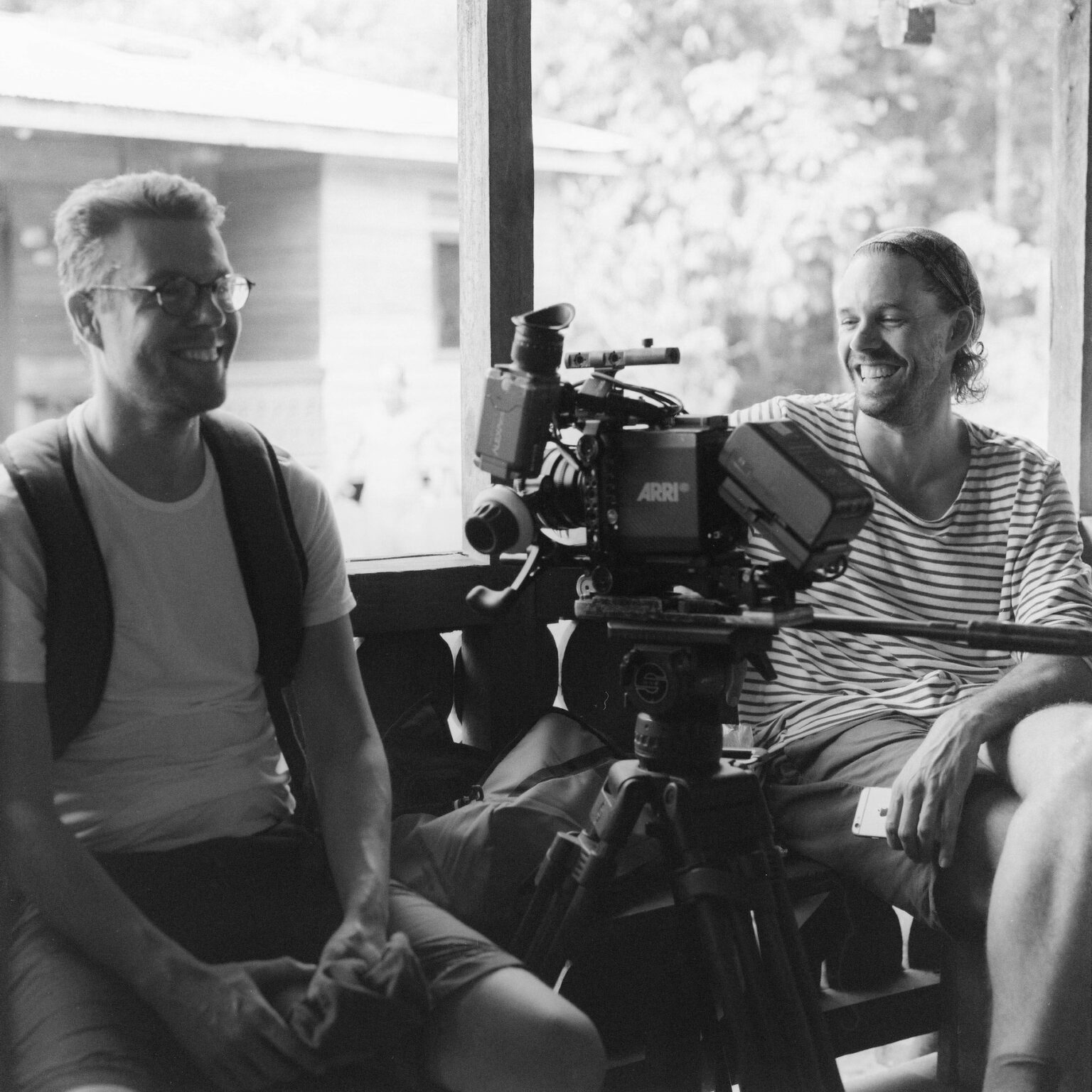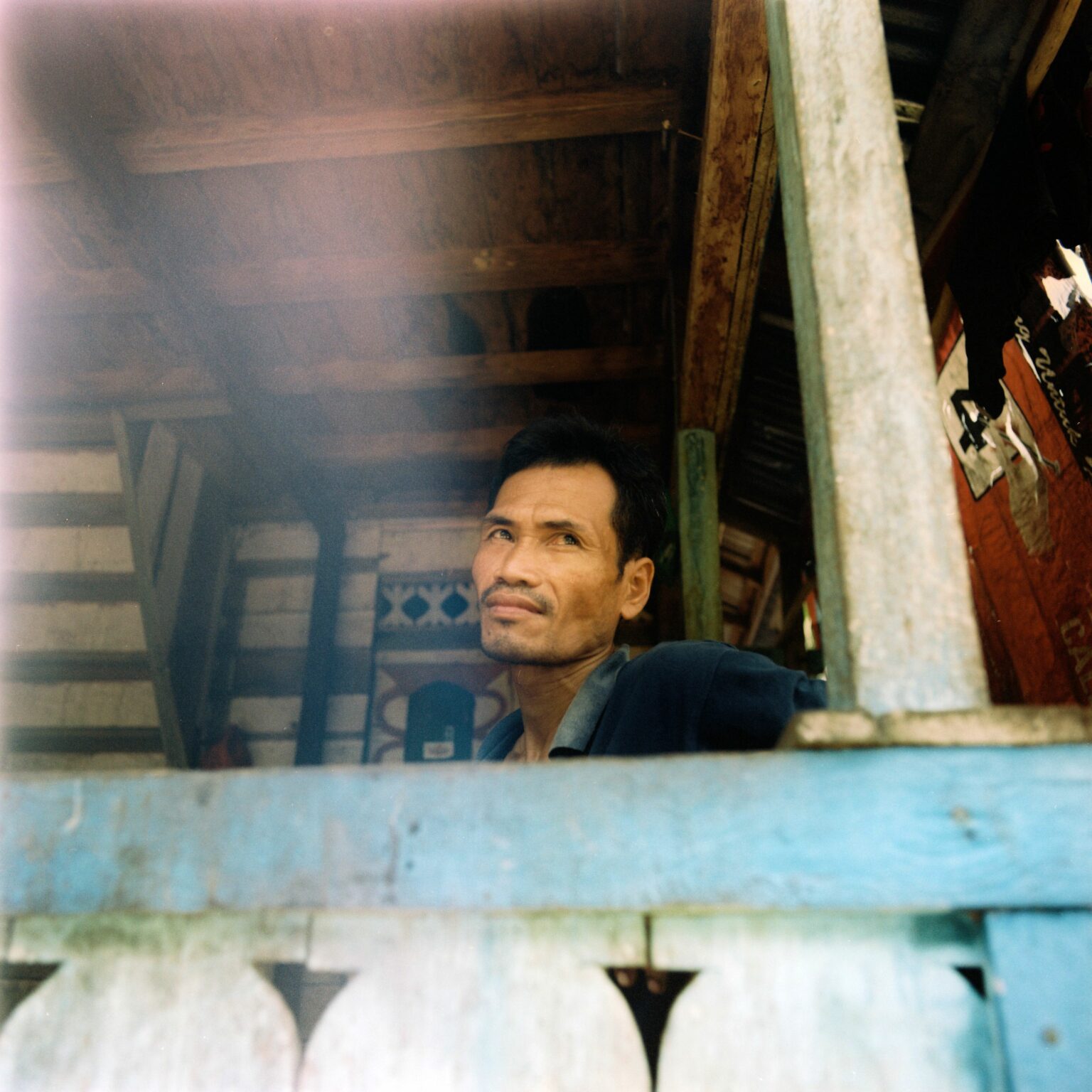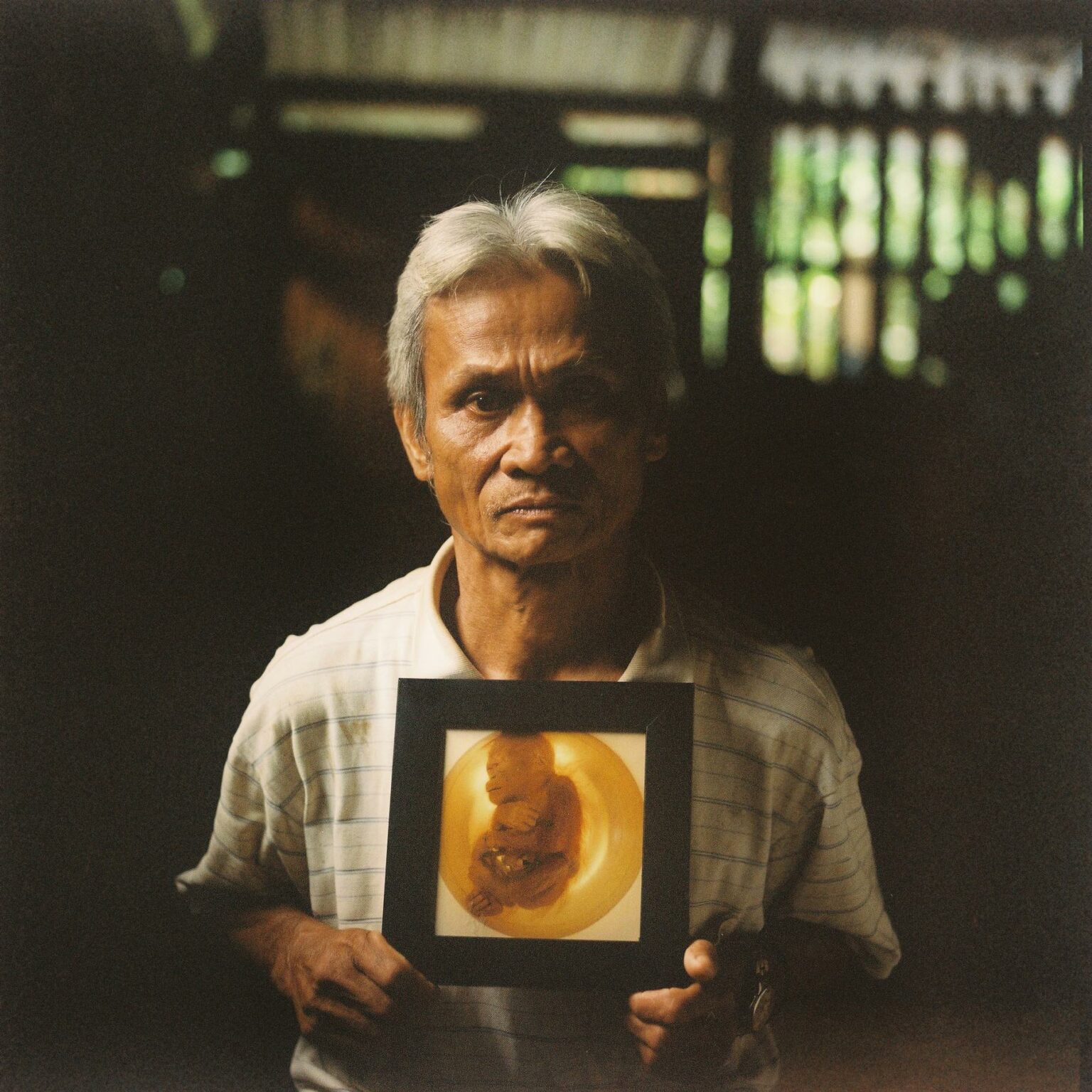Aram the little Ape
50 minutes // in collaboration with NTR and Naturalis // 2019
50 minutes // in collaboration with NTR and Naturalis // 2019
It's a journey to the other side of the world. But, more importantly, a journey through time.
In this documentary, an anthropologist, primatologist, evolutionary biologist and a museum director travel to Mount Kenepai in Borneo, where Aram and his mother died.
Aram is a baby orangutan, collected in the late 19th century, by ornithologist Johann Büttikofer and recently ‘rediscovered’ in a forgotten barrel in a dutch museum collection. The group of scientists reflect on the history of zoological expeditions and our colonial past.
Where did Aram come from? What bond do the local Dajaks have with the orang-utan? And do orang-utans still live in the area today?
Aram the little ape is about research and about remembrance. About our colonial past and about our ancestors’ unlimited faith in science. About a paradise on earth and about a changing world where humans are increasingly dominant. And about finding hope and doing good, with the knowledge and experiences gathered in the past.
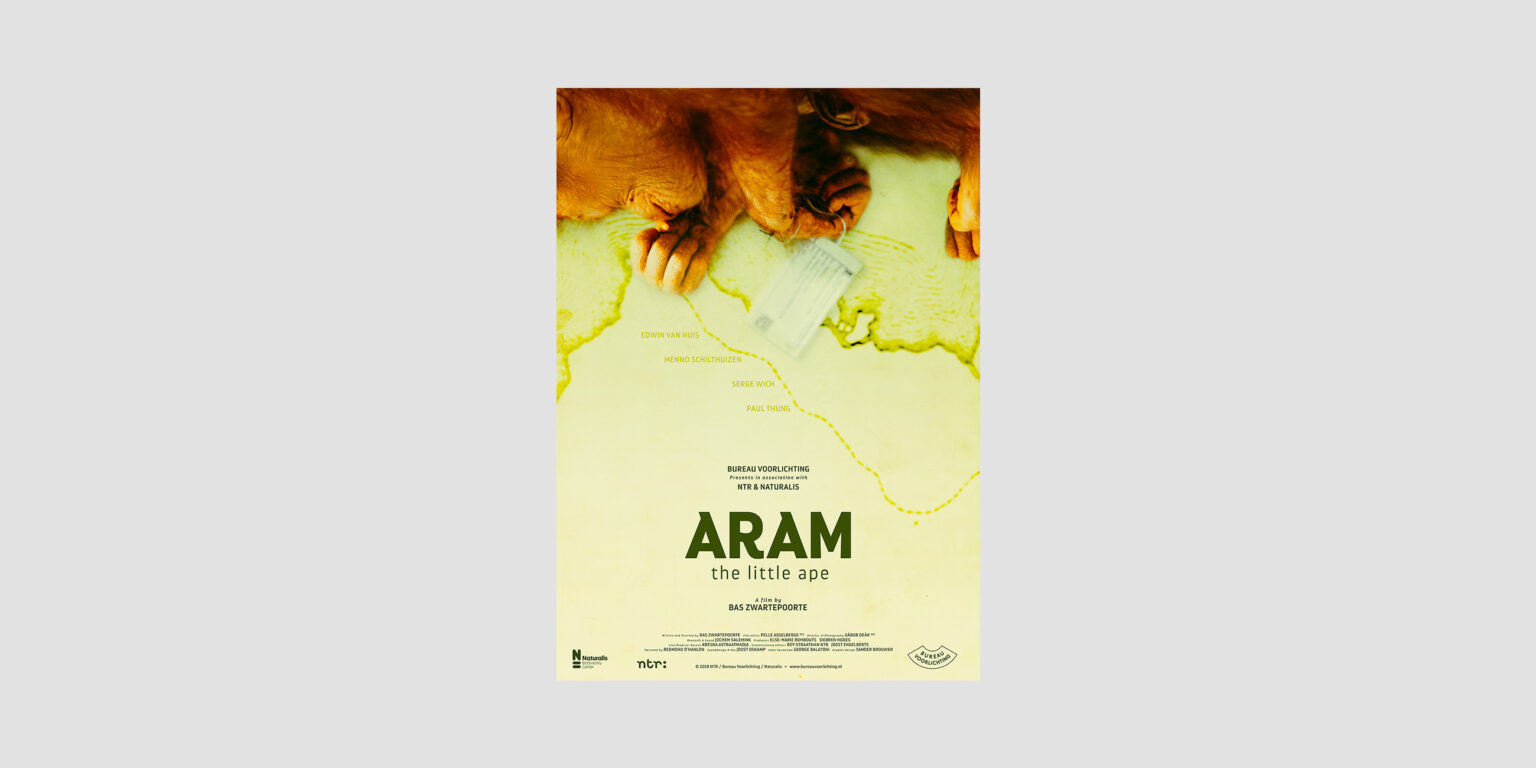
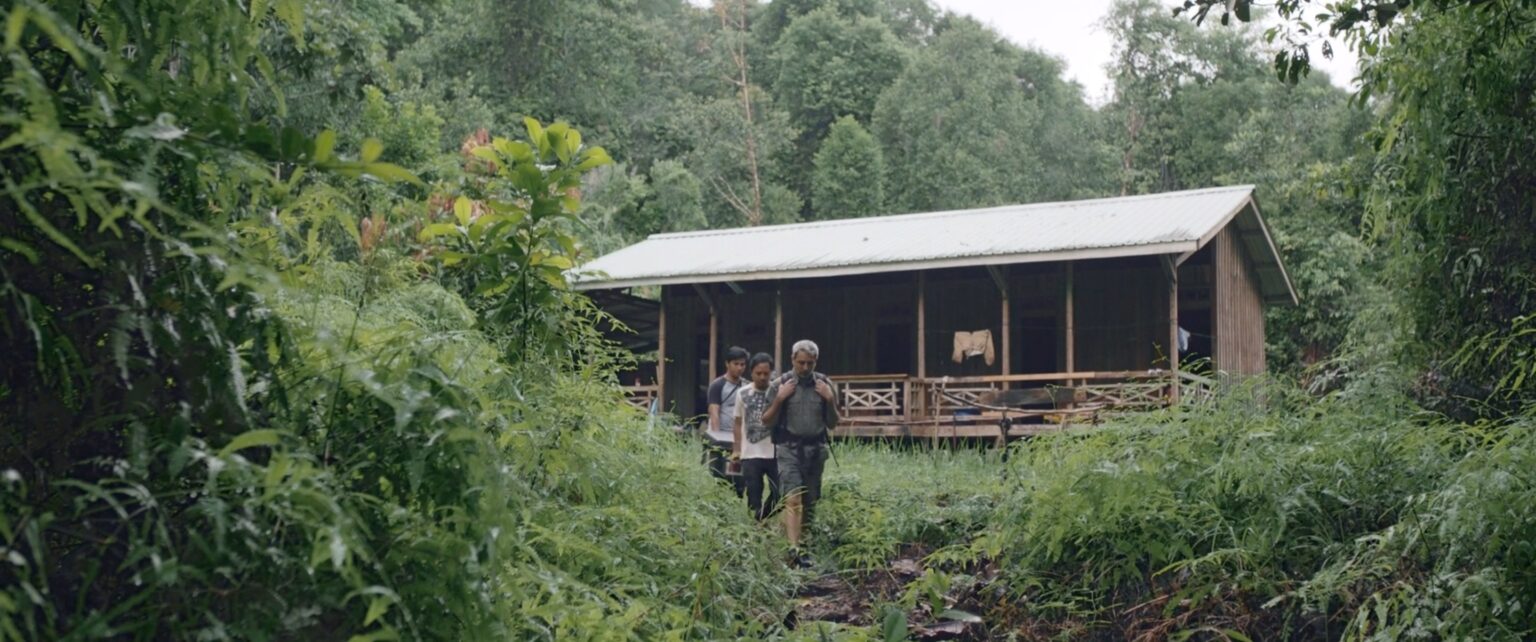
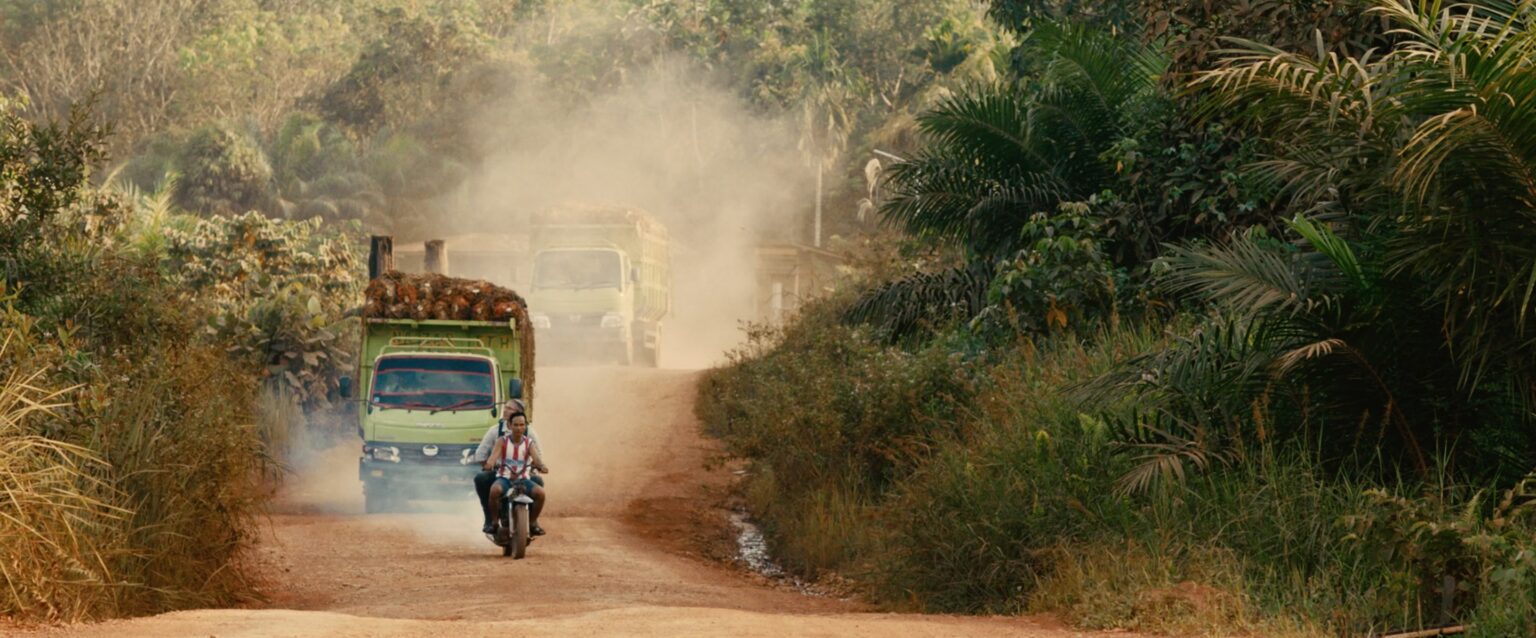
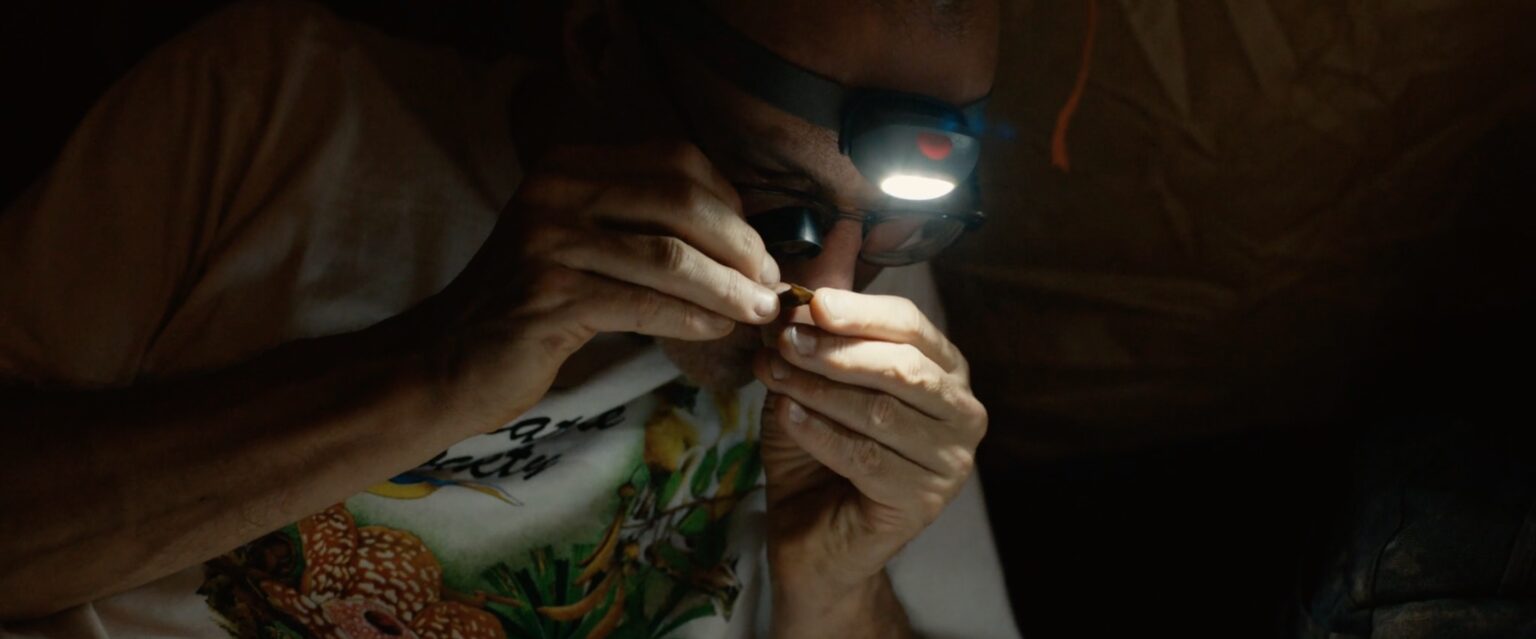
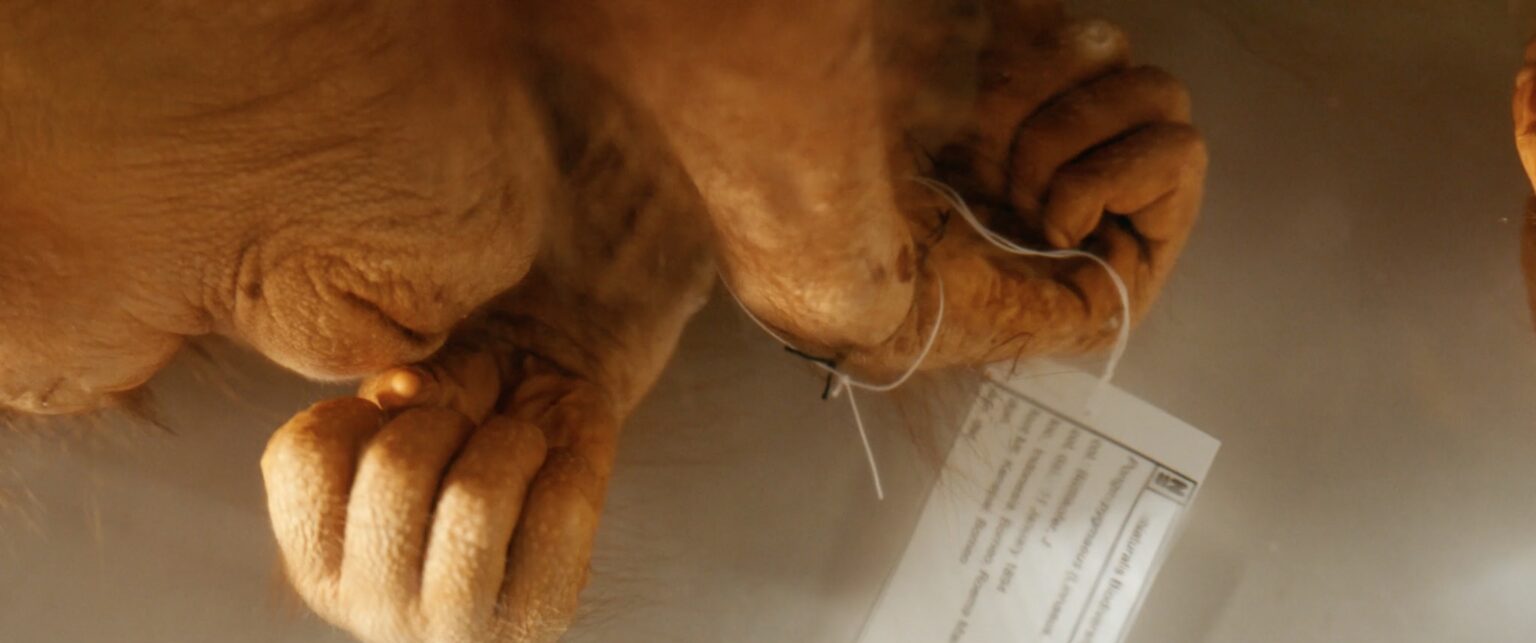
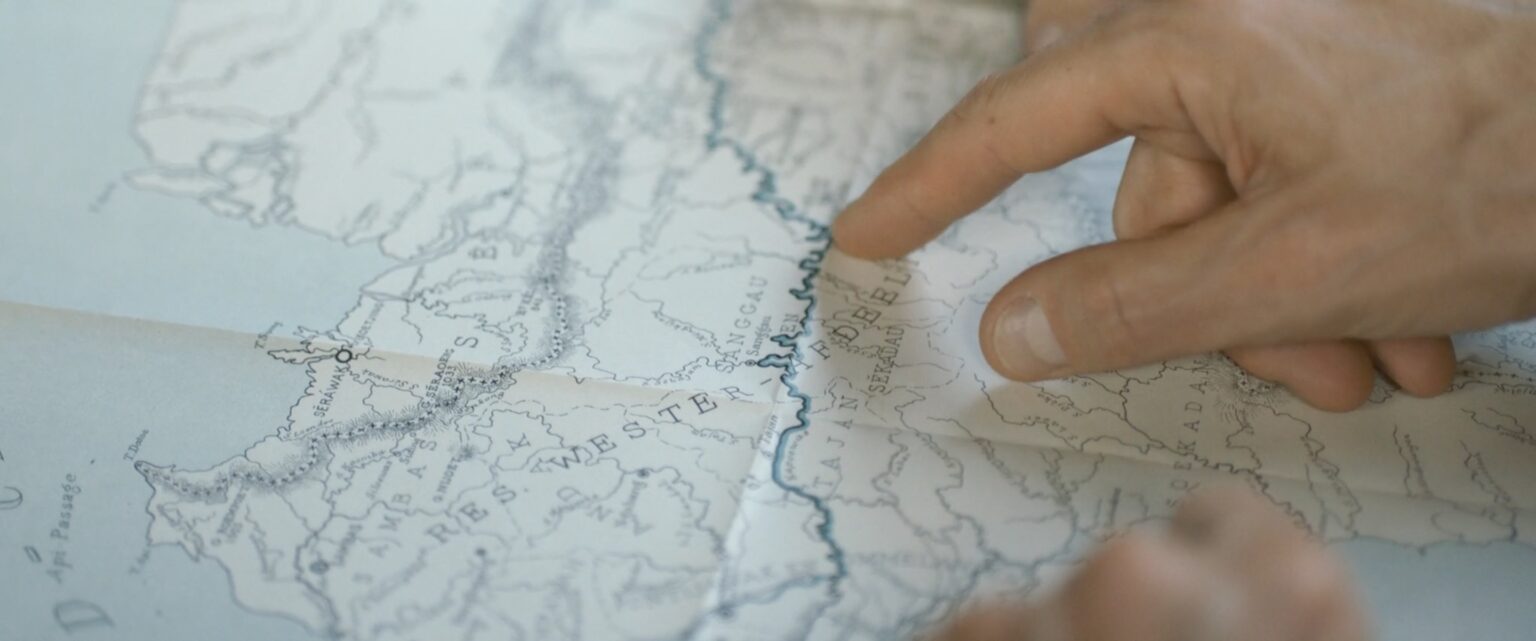


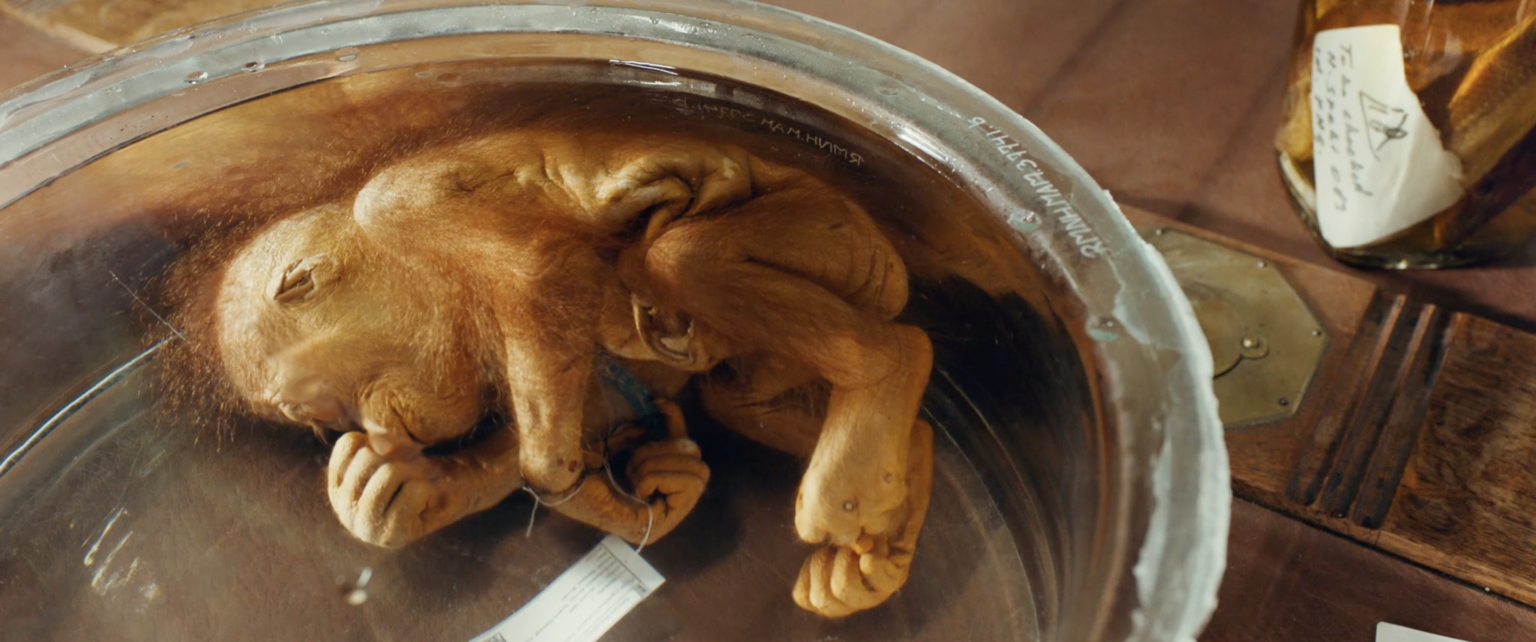
Bas Zwartepoorte
Gábor Deák NSC
Pelle Asselbergs NCE
Jochem Salemink
Else-Marie Rombouts
Siebren Hodes
Kresna Astraatmadja
Roy Straatman * NTR
Joost Engelberts
Jerom Galema
Stefan de Walle (NL)
Redmond O'Hanlon (ENG)
Joost Oskamp
George Balatoni
Sander Brouwer
Edwin van Huis
Menno Schilthuizen
Serge Wich
Paul Thung
Father Jaques Maessen
Steven van der Mije
Pepijn Kamminga
Corine van Impelen
Karien Lahaise
Jan van Tol
Godard Tweehuysen

BEHIND THE SCENES
Bas Zwartepoorte on ‘the search that formed a script’.
How did this documentary come about?
Whilst working on the documentary series ‘The Tower‘, we spent hours talking to collection managers and researchers in search of the best stories about our natural history. The recent discovery of a baby orangutan turned out to be an extraordinary find. So special that Naturalis’ Biodiversity Centre director Edwin van Huis, who named the monkey ‘Aram’, dreamed about making a separate film about it. And so it began.
Aram was your director’s debut, what have you learned?
Aram is a very special project for me. It was my debut as a director but it was also the first time that I wasn’t operating the camera myself. And even though my DP Gábor- whom I trusted from the outset in terms of approach- was extremely experienced, I was still thinking about situations from a cameraman’s perspective. He would sometimes do things differently or even completely opposite of what I would do. And sometimes that would paralyze me. So my biggest lesson was learning to let go, whilst maintaining a dialogue.
And how did you approach your research?
I delved into the diaries of Büttikofer (who collected the monkey) and tried to find out where exactly this event took place. But we not only set out to make a documentary in the footsteps of… but also to take stock and find out what the current situation of that territory is now. By using old maps and new techniques (like Serge Wich, bringing his drone that uses thermal cameras), we were able to compare both situations; back then and of today. Together with researcher Jochem Salemink, I traveled to Borneo, a few months before shooting, looking for the mountain where Aram was killed. Based on local interviews and stories, a script started to take shape. And exactly like in 1923, almost 100 years later, a similar expedition was being prepared.
What do you mean?
Well just like back in the days, a group of scientists, helped by a whole crew of porters and cooks, all traveled to Mount Kenepai in Borneo. In this case we were working with a group of around 25 people. Not just scientists from Naturalis, but our whole film crew, translators, drivers, fixers and a bunch of villagers that helped as porters and prepared all our food. Some of them went barefoot, carrying two heavy bags on their heads. It felt like we were in a movie, making a movie…
Any adventures along the road?
On one of the most important shooting days, we had geared up the whole expedition, including all the villagers that knew their way on Mount Kenepai, and who were carrying all the tents and gear. We walked for 6 hours to get to the top of the mountain and had set up our basecamp halfway. We were about to shoot our first shot when we found out our ARRI camera had died. Without seeing anything in the viewfinder, Gábor managed to take a few shots that made the final cut. But we had to fly in another camerabody from Jakarta. On that same day, my DP Gábor got lost on his descent, only to make his way back to our camp at night by following the river. It was mad. It makes you realize what an extreme undertaking it is to go out and shoot in the middle of the jungle.
Tell us about your memorable encounters?
One day we visited the family house of a man who was working with us. He was living there with a lot of family members, old and young. He introduced us to his mother, who looked like a living fossil (pardon my French). She herself also said that she felt like she was 200 years old. But even if she would be ‘only 90’, she was probably living on that same mountain, when Aram was still alive, clinging to his mother, high up in a tree. And even though she said she didn’t see any orangutans for a very long time, it felt like she was an eyewitness and we had to feature her in our film.
All pictures by Gábor Deák, shot on his Hasselblad on Kodak Portra 400 film.

